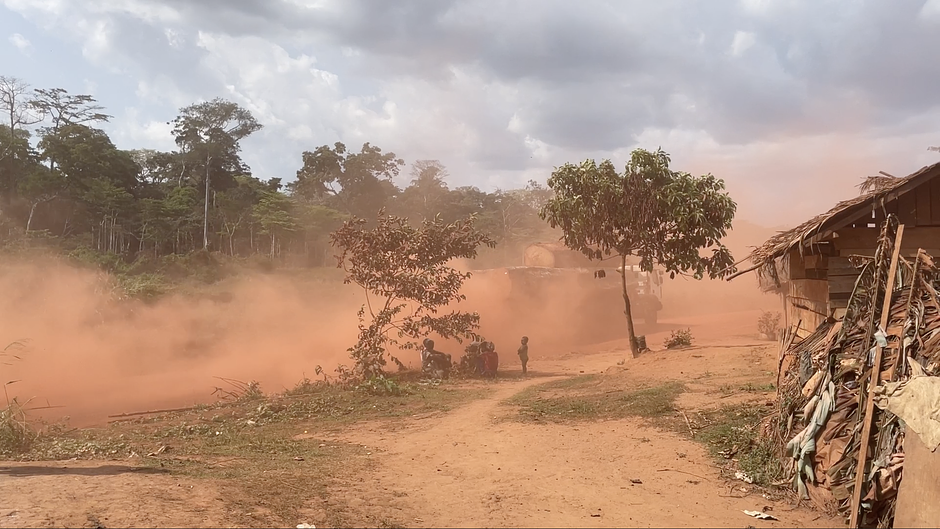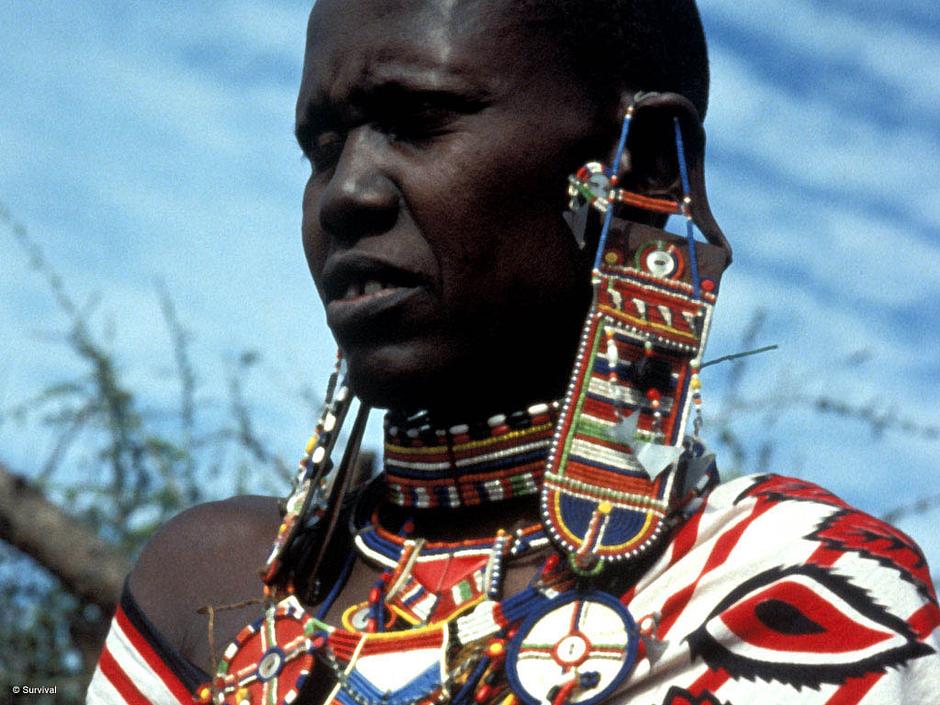30% by 2030 and Nature-Based Solutions: the new green colonial rule

Origins and History
• The term “nature-based solutions” first appeared in 2009, in a paper prepared by the IUCN for global climate negotiations.
• It has come to mean using mechanisms such as planting trees, restoring habitats, preserving forests to absorb atmospheric CO2, and adapt to the effects of climate change.
• The idea was sold as a way to tackle the climate crisis. But it’s become a way to avoid tackling it, because it appears to provide an easy solution that doesn’t involve burning less fossil fuel – which is the only real answer.
• The conservation industry pushes NBS because they can make huge sums selling carbon credits from their protected areas in order to fund new protected areas.
How do NBS work?
• Climate change is caused by CO2 being released into the atmosphere, mostly from burning fossil fuels.
• The only effective solution would be to stop these emissions.
• But NBS ideologists focus instead on counterbalancing emissions by “protecting” the land and ecosystems that capture carbon, such as creating protected areas, “restoring” nature, or by planting more trees.
• They are heavily supported by many oil companies, other polluters and those who make money from carbon markets.
• A 2017 paper (‘Natural Climate Solutions’) written mostly by the Nature Conservancy claimed that NBS could provide 37% of “cost-effective” CO2 mitigation needed by 2030 – but the paper is seriously flawed.
Where does the phrase “30×30” come from?
• This is the proposal being pushed by many governments that areas protected for ‘nature’ should be increased to 30% of the planet (about twice the current figure) by 2030. It’s supported and heavily promoted by all the big international conservation organisations.
• There’s no clear scientific basis for this demand, and it ignores the destruction of the environment through over-consumption in the Global North and the exploitation of natural resources for profit that will continue unless challenged.
What’s wrong?
• Carbon offsetting: This says it’s ok to carry on polluting, so long as you plant some trees somewhere or “preserve” existing forest. But it doesn’t reduce CO2 overall; fossil fuel emissions continue to rise; and the carbon stored in trees and other ‘natural ecosystems’ is very easily released again through fires or other disturbances. It can also result in vast monocultures of fast-growing trees.
• Bad science: The claim that 37% of climate change could be prevented by 2030 through NBS is scientifically fraudulent. The amount of carbon which could in the real world be absorbed by ‘nature’ by 2030 is much smaller.
• Corporations: it allows for a business-as-usual approach: businesses do not take the necessary action to rapidly reduce their emissions.
• Money: It will require putting a price on nature, in order that it can be traded against carbon pollution elsewhere. But many people reject that concept, and the money will simply come out of corporations who carry on as before, and go into the pockets of the conservation industry.
• Protected Areas: Creating yet more protected areas means kicking out millions of local and Indigenous people from their lands – but they’re the very best guardians of nature.
• Land-grabbing: planting forests to achieve even half of the 37% climate mitigation would require an area of land nearly the size of Australia – where is this land, and what will happen to the people already living there?
• Food: with so many protected areas, and other land-hungry NBS schemes, where will humans get food? We’d need to intensify agricultural exploitation in other parts of the world to compensate for the loss of agricultural land. It would mean changing the food habits of millions of people, or causing starvation.
• Rewilding: often proposed as part of NBS, this views people and nature as separate. But all our most biodiverse landscapes have been inhabited and shaped by people for millennia, they’re not “wildernesses.” And people still live in and depend on them.
• And finally… it doesn’t solve the real climate problem. It points the finger away from the real cause of climate change – carbon emissions which are overwhelmingly produced in the Global North.





